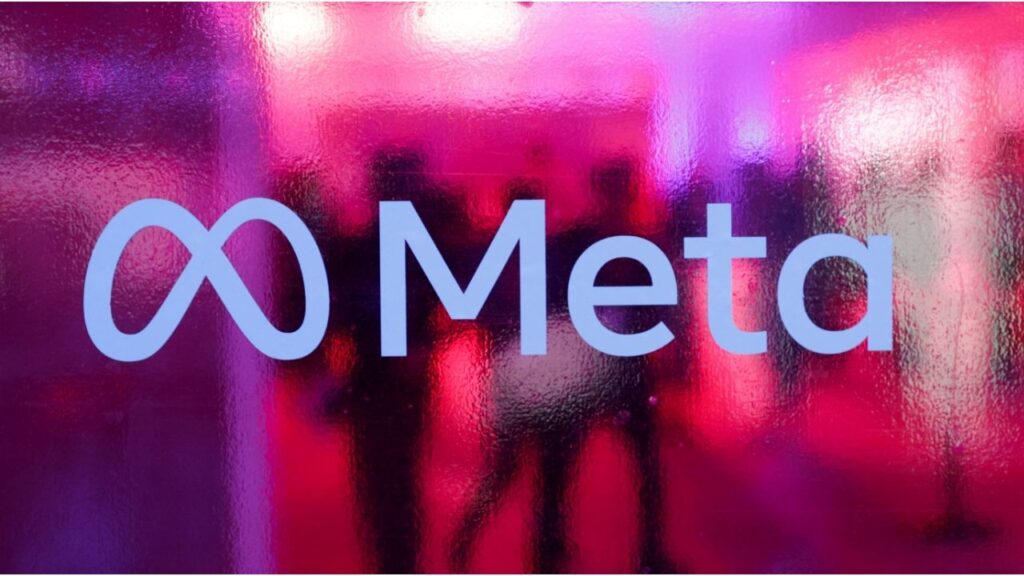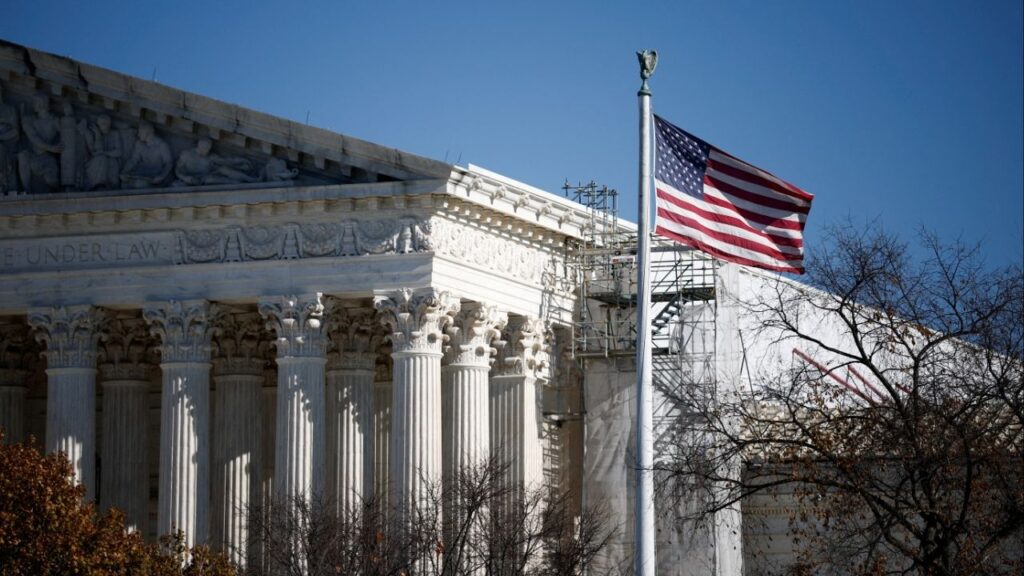Share
Gov. Gavin Newsom and his predecessor, Jerry Brown, have repeatedly stressed the need to build state budget reserves to cushion the impact of the next recession, whenever it hits.

Dan Walters
CALmatters
As the Great Recession of the previous decade revealed, payments to unemployed workers also gets hammered. In fact, the California Unemployment Insurance Fund, according to a report from the U.S. Department of Labor, is the least solvent of any state’s and even a tiny economic downturn would quickly drive it into the red.
History tells us how that came to pass.
During Gray Davis’ governorship, which began in 1999, he and the Legislature sharply increased unemployment benefits without raising payroll taxes to pay for them.
That irresponsible act reflected a political standoff between labor unions, which clamored for a benefit increase, and employers, who didn’t want to shoulder higher taxes.
What had been a healthy unemployment-fund reserve was drawn down by the new benefits, becoming too weak to handle a sharp increase in payouts when recession struck a few years later.
California’s Fund Remained Weak
California turned to Uncle Sam for a bailout, borrowing $63.8 billion during the recession to keep unemployment insurance checks flowing as California’s jobless ranks swelled to more than 2 million workers and its unemployment rate topped 12%.
When the state continued its refusal to raise payroll taxes to repay the loans, the Department of Labor taxed employers to erase the debt.
Nevertheless, California’s fund remained weak. Last year, in fact, the Department of Labor reported it was the only state with a zero-solvency level.
A new report was issued this year, revealing that from zero, California’s fund is now 15% of what’s regarded as minimum solvency — still the nation’s lowest.
It ended 2018 with a little over $2 billion in the kitty. But unless changes are made, it’s unlikely to improve even though unemployment today is very low and high employment means more payroll taxes flowing into the fund.
Even during this relatively prosperous period, the state is paying out far more than $5 billion a year in benefits while annual payroll tax receipts are only slightly higher, according to the state Employment Development Department’s own annual report, published in May.
Forcing Us to Beg Uncle Sam for Another Bailout
The report projects that year-end balances will creep up to $3.2 billion by 2020, assuming there’s no recession. But that’s still a very low number vis-à-vis the potential hit. As the report puts it, “the current financing structure leaves the UI Fund unable to self-correct and achieve a fund balance sufficient to withstand an economic downturn.”
There are four ways to make the fund truly solvent: raise the payroll tax rate, widen the wage base that’s taxed (it’s now $7,000 a year), reduce benefits and/or tighten eligibility for benefits.
Employers dislike the first two, and the latter two are politically impossible in a Democratic Legislature closely tied to unions.
Unless this political stalemate is resolved, California’s Unemployment Insurance Fund will be clobbered in the next economic downturn, forcing us to beg Uncle Sam for another bailout.
Such loans would incur hefty interest charges, and employers would still have to repay them one way or the other.
CalMatters is a public-interest journalism venture committed to explaining how California’s state Capitol works and why it matters. For more stories by Dan Walters, go to calmatters.org/commentary.
[activecampaign form=19]
Categories

MAHA Activists Urge Trump to Fire His EPA Administrator

Meta Strikes Multiple AI Deals With News Publishers

















